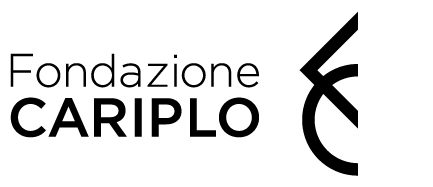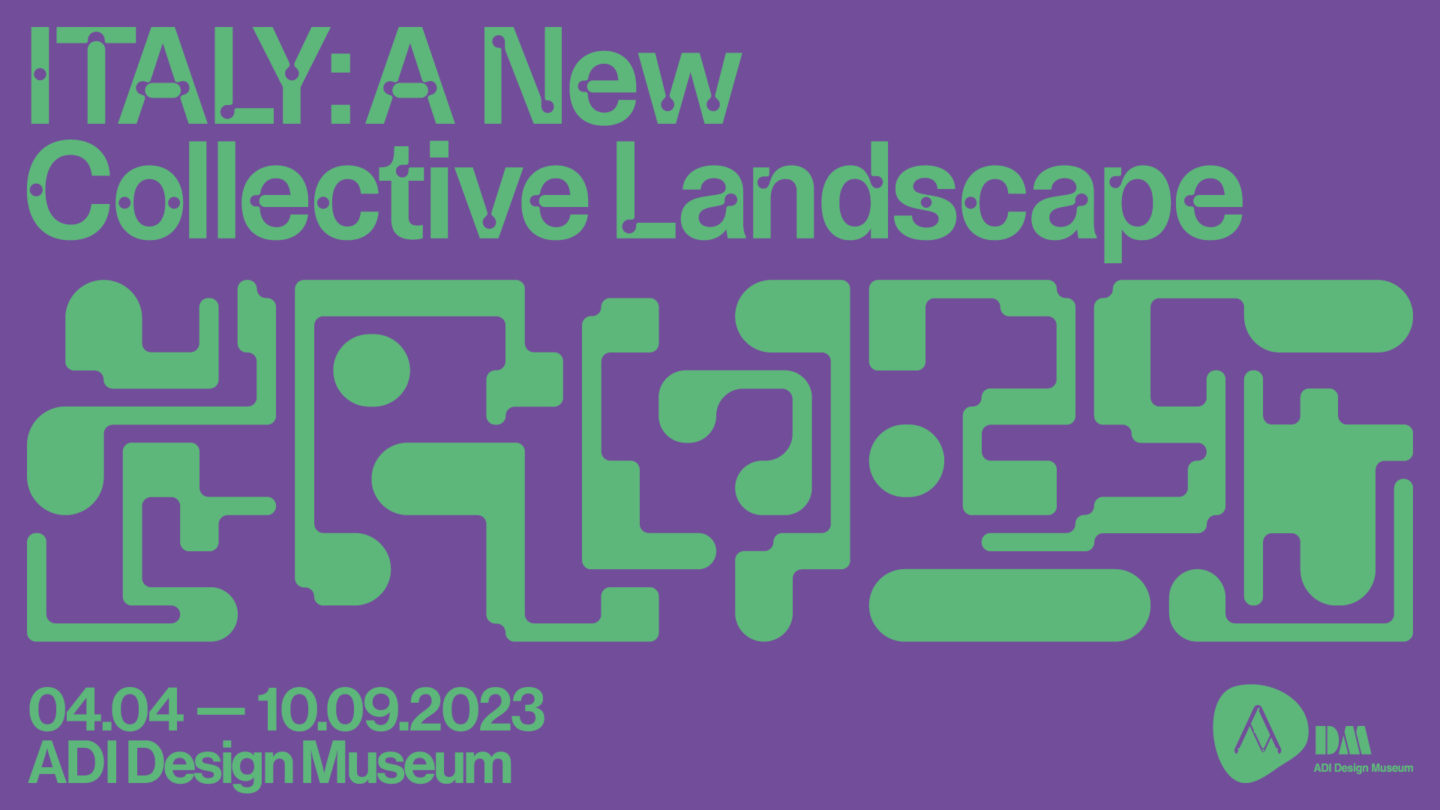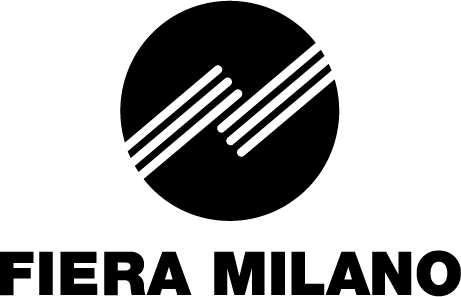Concept
The problems facing us during this particular global moment, together with continuous ecological and social transformations, constitute the starting point of the works created by the young Italian designers presented in Italy: A New Collective Landscape. Produced by ADI Design Museum, the exhibition is curated by Angela Rui with Elisabetta Donati de Conti and Matilde Losi, with graphic design by Alice Zani and Paola Bombelli and set-up by the Parasite 2.0 studio. At the MoMA, in New York in 1972, the Italy: The New Domestic Landscape exhibition, curated by Emilio Ambasz, presented the thoughts and ideas of a community of young designers, as the cultural manifestation of a counter-reform that questioned lifestyles and production. Today, designers act with environmental responsibility and radical freedom, which translate into imagining how the dynamics of transforming external reality can have an impact on living, which can then be extended to urban and non-urban spaces, social relationships and symbiotic alliances, and new forms of behaviour. The standard bearers of the ADI Design Museum exhibition are the under 35 young designers, whose works were selected through an open call in which more than three hundred took part. The decision to give space to designers of this generation is in line with the need to provide their work with development opportunities, highlight their quality to the business world and present an overall vision of the multifaceted practices of contemporary designers. These practices arise from a general condition of mutual vulnerability between man and the environment. As such, Italy: A New Collective Landscape is intended to be an exhibition-program that focuses on the projects, products and new practices of designers, who are committed to meeting the challenges posed by the current emergency situation, starting with the climate crisis and the repercussions that this has on reality itself. “To paraphrase Giorgio Gaber, we could say that freedom is not a free space, but participation; the analysis that emerges in the exhibition highlights the political dimension of design today” comments ADI Industrial Design Association
President Luciano Galimberti.
The ADI Design Museum event is therefore an opportunity to represent an Italian creative context which is trying to redefine the role of design, hence the intention to imagine new design tools, not only in relation to the industrial world but as new production factories, where design becomes an instrument of transition as a bridge between the worlds of culture, science and industry. The exhibition opens by focusing on domesticity and the objects that create it. It then continues within the various spaces by looking at the different themes addressed, such as regenerative design, relational design and systemic design. The space has been concieved to be inclusive, traversable, fluid and active, presenting the objects enhanced with investigational and research materials, and protoypes but also workshops, readings and screenings, as well as participatory sessions that all go to make up a dedicated public program. In this way Italy: A New Collective Landscape is presented as a dynamic panorama of investigation into the languages of contemporary design, its role and that of its leading characters.
Exhibition Main Partner

With the contribution of









